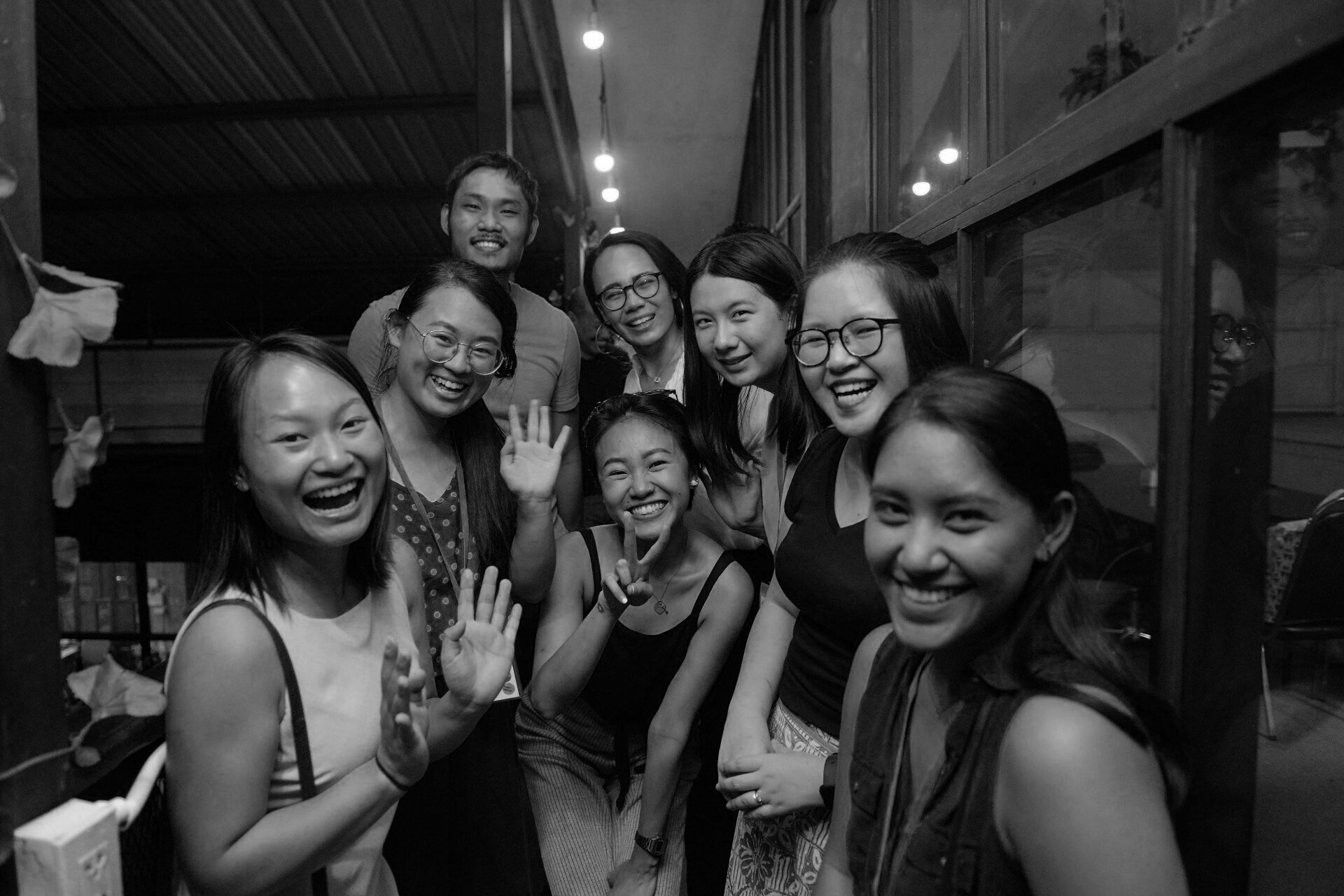
Splice stories
Read, listen, and watch our reporting on the transformation of media in Asia.
Three new episodes from Splice Pink, our podcast of quick conversations across the media ecosystem
Other ways to listen and subscribe
Lakshmi Chaudhry’s Splainer is re-imagining what it means to build a direct relationship with an audience
The serial media entrepreneur is testing a space for constructive and empathetic journalism in the middle of a pandemic.
Building a newsroom dedicated to diversity
At Khabar Lahariya, women from remote villages of north India are trained to be professional journalists and produce local news in their languages.
To crack India’s diverse and massive local news markets, Lokal started asking users what they actually wanted
As it turns out, it’s not just news.
How The News Minute is using Covid-19 to better understand its audiences
What we learned from India's TNM.
The Ken on holding the line on paid journalism in a pandemic
What we learned from The Ken.
Seeing a gap in Southeast Asia, India’s The Ken plots a regional expansion with local teams
They now have reporters across Thailand, Malaysia, Singapore, Indonesia, and the Philippines.
India’s cashed-up news aggregators like DailyHunt hit a revenue roadblock
“If they don’t begin monetising in the next two-three years, they will be in trouble.”
To capture reader revenue and engagement, some Indian newsrooms are going back to the once-scorned comments section.
“All publications want interactions on site… Facebook traffic is not coming back.”
Ahead of India’s general election, fact-checking initiatives are mushrooming online.
Media organisations in India are using fact-checking to hose down online rumors that have fatal consequences in real life. But are they so willing to take on duplicitous politicians?
First developed by women to report on rural villages in India, Khabar Lahariya is now a national phenomenon.
This is how community stories from tiny villages make it to the mainstream press.
India’s #MeToo movement is shaking up newsrooms and putting male journalists on notice.
Conversations on gender inequality, consent in office spaces, and the sexual harassment of women reporters in the field are long overdue.
India’s fight against fake news has a problem: More needs to be done on regional languages.
Reporters have been scrambling to debunk myths and hoaxes. But they can't just do that in English and Hindi.
For the past decade, Bengaluru’s crowdfunded Citizen Matters has been getting its readers to report on civic issues. This is how it works
“Mainstream media did not cover these issues in detail. We wanted to give people access to this kind of information.”
Women journalists should not have to wear fake wedding rings in the field.
Indian journalist Ruchi Kumar chooses to wear a ring on her wedding finger. But she is eager for the day that she no longer needs it.
A startup is publishing India’s first braille lifestyle magazine. Here’s how they break even.
White Print has brought about a revolution in braille writing — and braille advertising.
The Ken managed to get people to pay for its one-article-a-day news service in India. Can it survive a second year?
It tested the market for longform news. Now it just needs to keep going.
Harassment, abuse and death: Why India is one of the most dangerous places to report the news
This is what it's like to do the job in India.
India’s most famous newspaperman Shekhar Gupta pivots to digital with The Print.
“You can call it the Bentley of political journalism or the Bloomberg of political journalism in India.”
Sri Ramakrishnan on how he built Nyusu, a video news platform, by getting out of his comfort zone
“Forty is a magical age. You’ve lived half your life and you begin to wonder where you are going.”
























